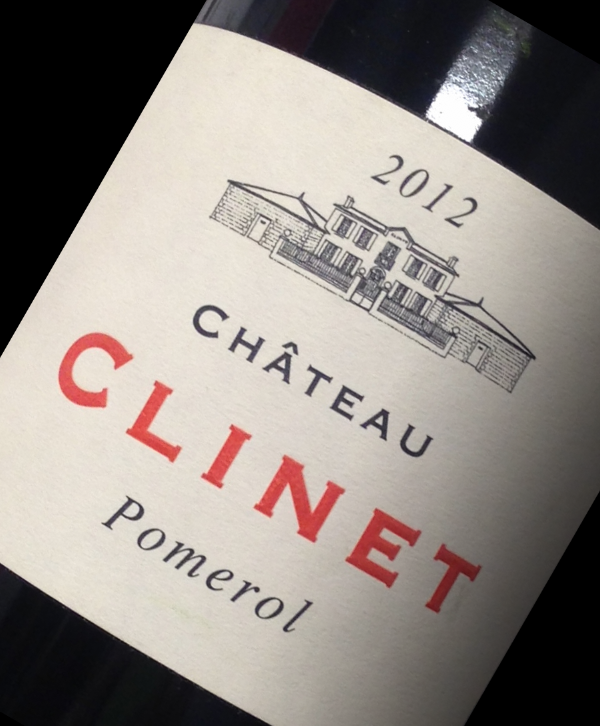

What is notable to point out is that some Bordeaux producers have actually started to make their wines much more in the California style. The blurring of California and Bordeaux styles
.jpg)
This is part of what has always created a mystique around Bordeaux wines – and what has also led to them selling for thousands of dollars per bottle. As a result, Bordeaux vineyards can differ markedly in the types of wines they produce, simply due to subtle differences in growing conditions. California winemakers typically think of terroir in a very literal sense – the “soil” of a vineyard that produces grapes – but the French take a more nuanced view of soil. This is a French term that loosely refers to all the exogenous factors – soil, temperature and climate – that impact the way a wine tastes and what types of aroma it has. They are also much more dependent on rich, ripe fruit flavours on the palate.Īnother difference between California and Bordeaux styles has to do with terroir. In contrast, California Cabernets are dense, rich, oaky and higher in alcohol content than Bordeaux wines. They also typically possess a stronger minerality. Generally speaking, Bordeaux wines are balanced and nuanced, with less of a fruit-forward flavour to them. In addition to differences in the grapes used to make the wines, there are also important stylistic differences in the expression of those grapes. As a result, California winemakers have sometimes engaged in marketing initiatives – such as creating the Meritage blend that uses two or more of the “noble” Bordeaux varieties – to bring attention to the fact that they are often creating the same exact wines as their French counterparts. Only wines grown and produced in the specific Bordeaux region of France (located about a five hour’s drive from Paris) can be called “Bordeaux.” Even if California winemakers adhered to every rule followed by French winemakers, and even if they perfectly copied the blend of a particular Bordeaux, it would not be a Bordeaux.

Thus, one important rule to keep in mind is that a Bordeaux can be a Cabernet, but a Cabernet is not always a Bordeaux. It is quite possible that a red Bordeaux is a 100% Cabernet Sauvignon varietal, but it is much more likely that it is only a 70-80% Cabernet Sauvignon blend, with the remaining 20-30% comprised of the other Bordeaux grapes. In contrast, Bordeaux is a wine region, and the term “red Bordeaux” actually refers to a blend of the different Bordeaux grapes: Cabernet Sauvignon, Merlot, Cabernet Franc, Petit Verdot and Malbec. Cabernet Sauvignon, for example, is a grape varietal that is grown not only in California’s Napa Valley but also in Washington State, Australia, South America and just about every notable winemaking region in the world. blendsĪt the outset, it is important to define the different terms being used. That single event gave birth to the modern wine industry in California and ushered in a period in which it became fun and even fashionable to compare California Cabernets and red Bordeaux. But that all changed with the 1976 Judgment of Paris when two California winemakers ( Chateau Montelena and Stag’s Leap Wine Cellars) shocked the world by outperforming their French rivals. Until the mid-1970s, red Bordeaux wines from producers like Chateau Latour, Chateau Lafite Rothschild and Chateau Margaux were universally recognized as the very best in the world.


 0 kommentar(er)
0 kommentar(er)
